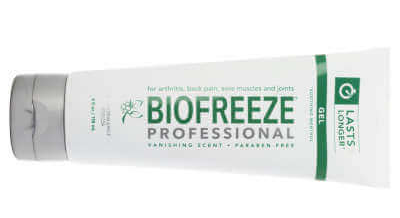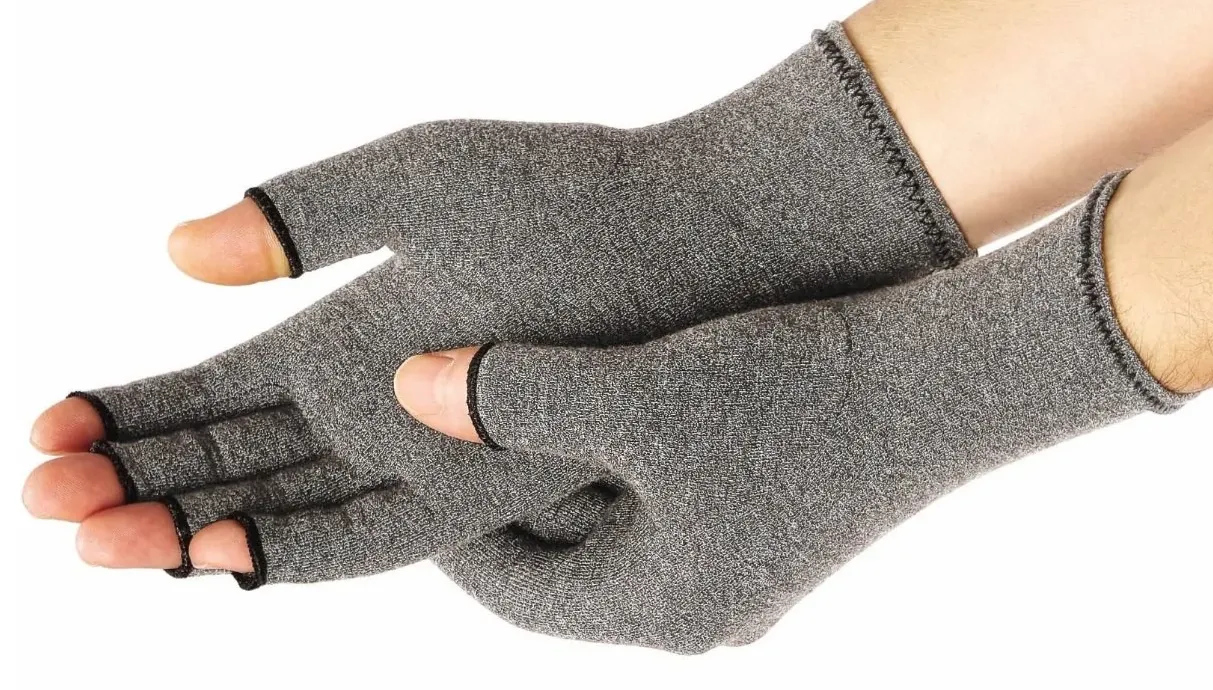A majority of people with carpal tunnel syndrome can trace their problem to their occupation or hobby. In other words, how you use your hands is a major contributor to getting this disorder. So if you already have symptoms, you can change your behavior (change how you use your hands) which can alleviate or eliminate symptoms.
If you use your hands vigorously all day long, you may have to re-think about your profession or hobby. That’s because what you do with your hands is making your hands sick. Try to avoid constant stress on your hands. See if there are ways to do the same thing, but with less stress. Never over-bend your wrist, or keep it bent for long periods of time. Can you alternate hands and do the same thing? Can you use tools to take up some of the stress? Will gloves help? Avoid tight and prolonged gripping (especially repeated grip-and-release).
Whichever activity modification you make, be sure to incorporate rest and stretches into your routine (see below for more). A short rest break every 15 minutes that incorporates quick stretches is a great carpal tunnel fighter.
Tips to Change How You Use Your Hands
- Take short but frequent rest breaks from activities that cause pain and numbness.
- Minimize wrist flexion and repetitive hand movements by changing HOW you work.
- Identify the harmful activities you do which worsen symptoms.
- Maintain good sitting posture.
- Use ergonomic tools like a mouse or keyboard.











